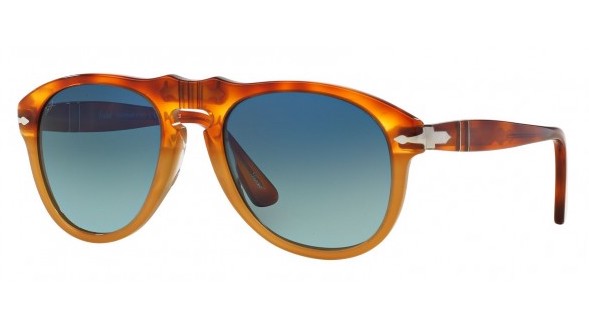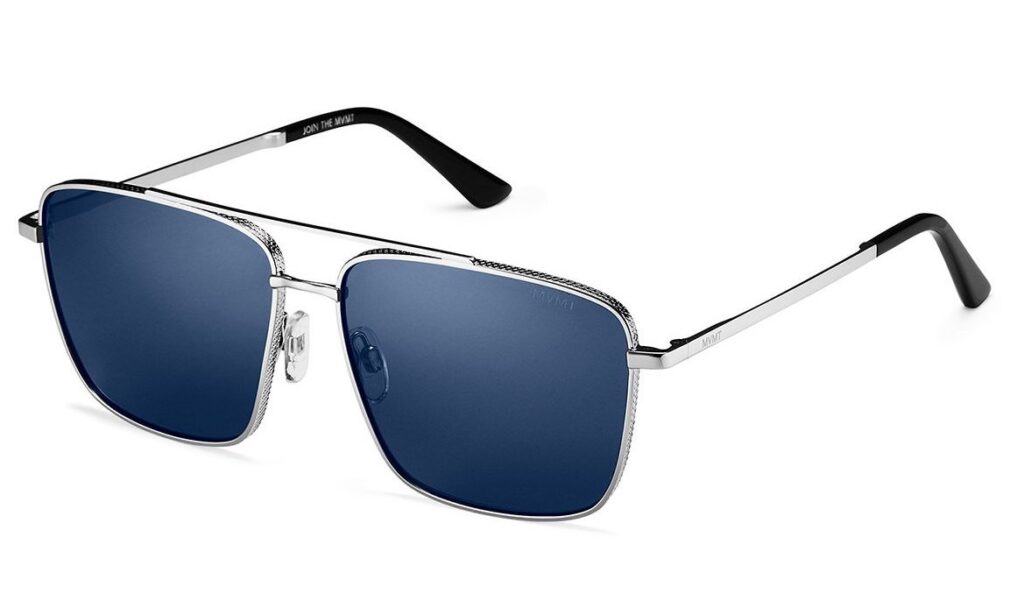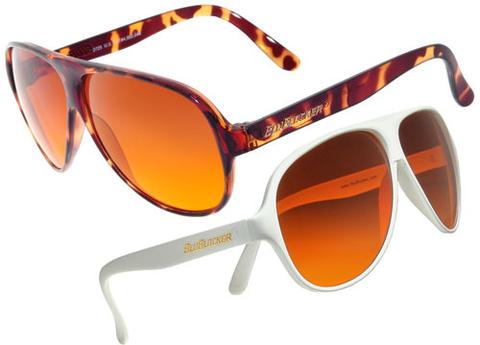This is Why We Can’t Have Nice Things!

Steve McQueen is responsible for more iconic pieces of menswear than anyone else who never designed a thing in their lives. Of all the items McQueen routinely wore, none called to me as strongly as his collection of Persol sunglasses. The rounded frames in tortoise shell with semi-transparent metal details looked simultaneously inimitable and timeless. When I walked into a Sunglass Hut with my mother on my twenty-fifth birthday and she offered to buy me anything I wanted, I knew exactly what I was going to get. I found a pair of Persol 649s in Resina (a blonde tortoise shell), tried them on and never wanted to take them off. The flexible metal inlays on the bridge and stems immediately struck me. I had seen them countless times in pictures but was never aware of their function. I came to find out that they were Persol’s proprietary Meflecto system, designed to add comfort through frame flexibility. They’re the kind of product detail you can’t really know until you’ve felt them in your hands. Wearing those sunglasses made me immediately cooler(in my mind).
My beautiful Persol 649s remained in my possession for approximately two and a half years. Until one fateful day when I wore them to brunch in New York City. My most cherished shades remained on my face until sunset when I tucked them securely into the chest pocket of my oxford shirt. But secure they were not, as they were never to be seen again. The next morning I woke up and performed the typical accounting of possessions from the previous evening and could not find my sunglasses. In a panic, I texted a few friends and called the bar where I had taken them off. My search was fruitless and the cause was lost. Upon that day I declared to myself that I would never again spend more than $100 on sunglasses because they would eventually be lost. Simply put: I can’t have nice things.
My beloved Persols were hardly the first pair of expensive sunglasses I had lost. Several Ray Ban aviators were scattered to the winds in college. I misplaced a couple pairs of Oakleys when I was a teenager. Countless of nameless shades were lost and broken over the years. By the tail end of my twenties it became apparent to me that, despite having matured overall, I remained irresponsible with my accessories. I came to terms with the fact that spending any more than $100 on such a fleeting possession would be a frivolous expenditure. However, all those cheap sunglasses I had gone through felt like sacrifices to the style gods and just the cost of doing business. Therefore, I would buffer my remaining collection of pricy frames with disposable pairs that I wouldn’t mind losing.
Fortunately, around this time, the market for cheap sunglasses was booming with the rise of direct-to-consumer retail companies. Startups like Warby Parker, Knockaround, Quay, and MVMT began to offer products similar in construction and quality to the fashion giants. Luxottica’s monopoly over the eyewear industry has set an unreasonably high market price standard for decades. The wave of new independent brands cut these massive markups with simplified production and distribution systems. The result became a broad range of stylish eyewear that could be had at practical prices if one were willing to wear an unfamiliar name on their temple.
There were also some classic alternatives. Most drugstores, gas stations, and discount clothing retailers have some diamonds in the rough that can be sought out for rock bottom prices. Second hand shops are a great source for vintage looks at a fraction of their original prices. Then there’s the O.G. of cheap direct-to-consumer sunglasses: BluBlocker. My dad wore these in the 90s and they’re as cool now as they were then (please note, my dad was otherwise decidedly uncool). They make several styles but their acetate aviators are the way to go. They come in three color options, with occasional limited edition colorways. At $30 a pair or $50 for a two pack, the price is simply unbeatable.
These days, my higher end shades only come out when I am in a position to bring their case with me and I keep them securely pocketed when they’re not on my face. Any time I go out without a coat or bag and certainly whenever alcohol is involved, I adorn my face with a robust rotation of cheap shades. Of course, this advice is only for those absent-minded of their accessories, such as myself, or for those who think spending over $100 on sunglasses is silly to begin with. If you trust yourself, have the disposable income to spend frivolously on sunglasses, or simply refuse to wear anything other than Tom Ford on your face, then please disregard my advice.


